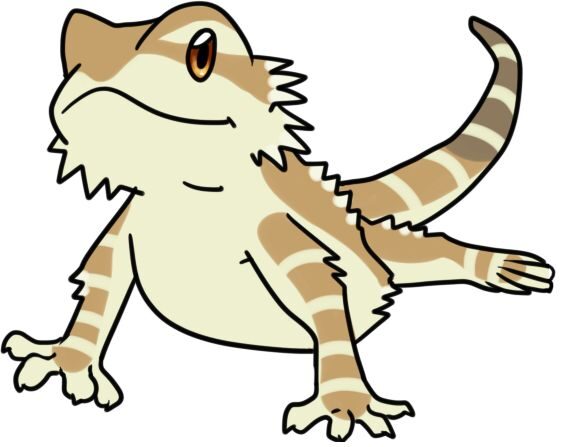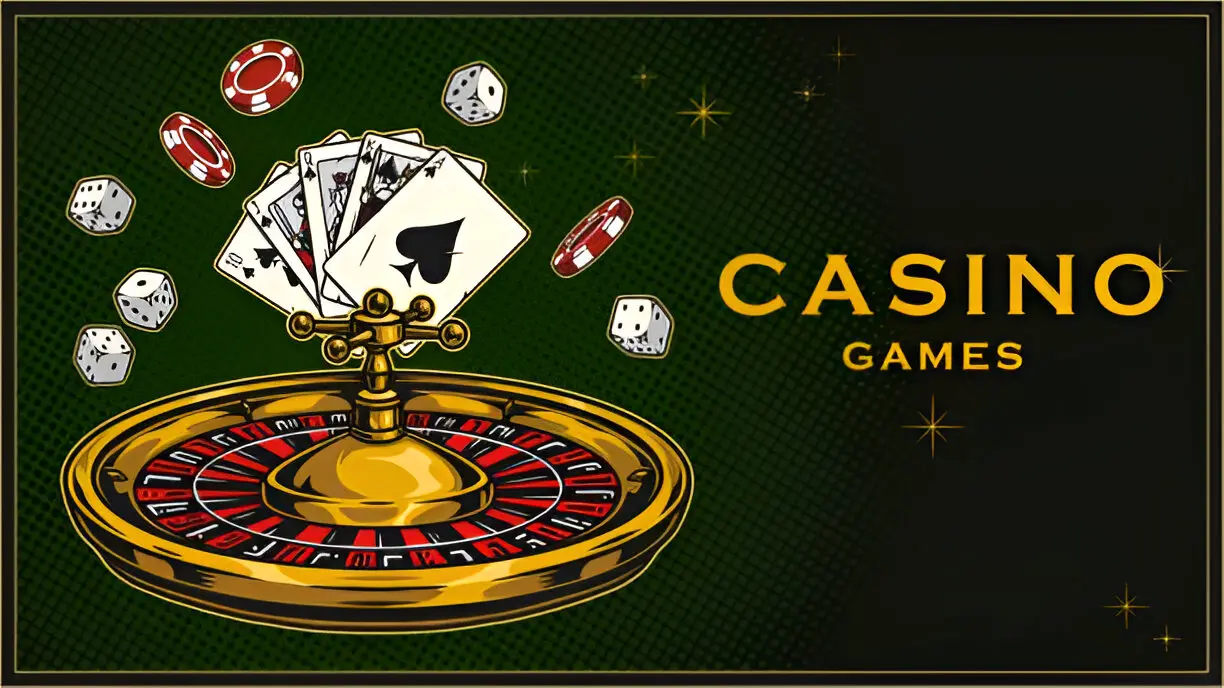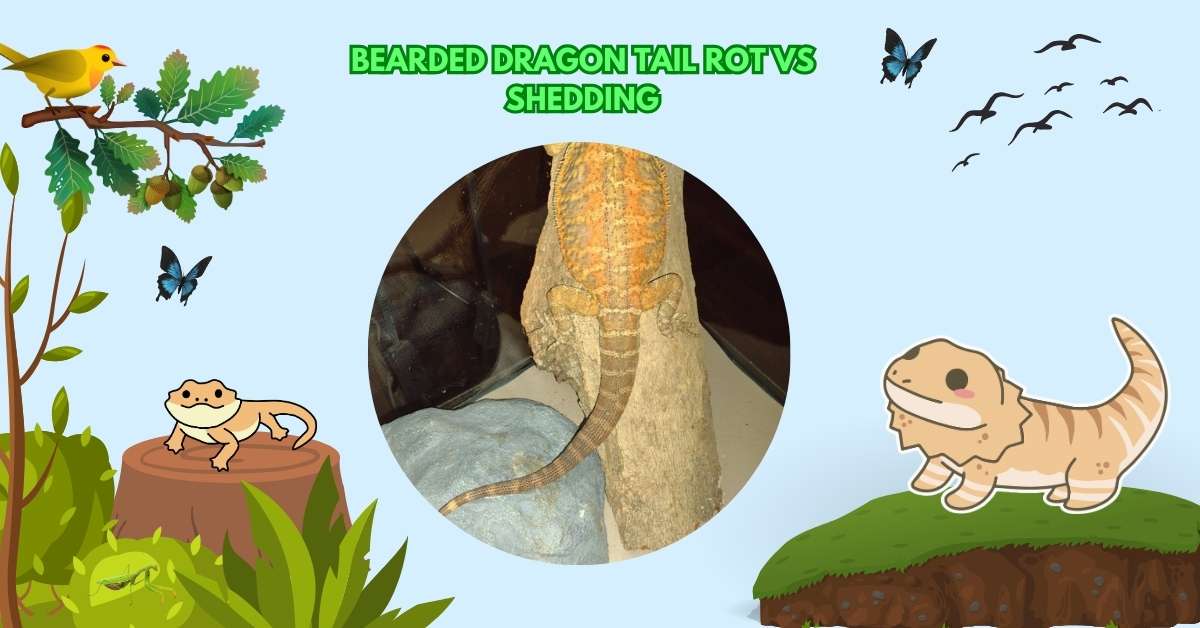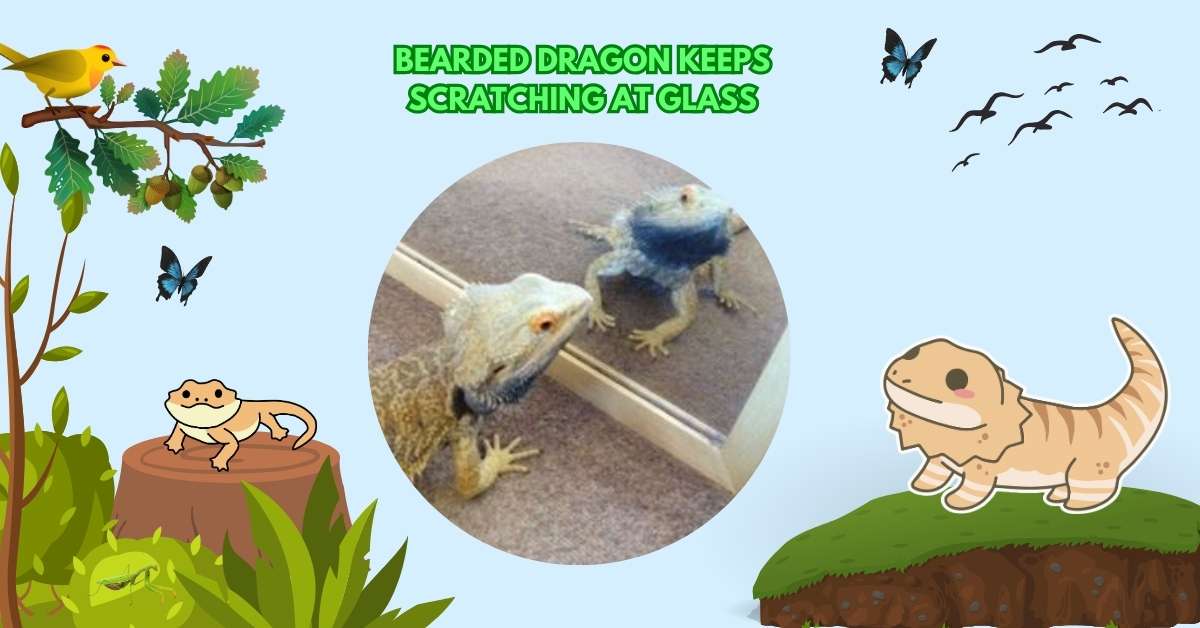Bearded dragons, scientifically known as Pogona species, are among the most popular pet reptiles due to their docile nature, manageable size, and striking variety of appearances.
Bearded dragon morphs, like zero, wero, leatherback, and dunner, vary in color, scales, and patterns, offering unique looks for enthusiasts. Avoid silkbacks due to health issues. Prices range from $50–$1,000.
This article dives into the fascinating world of bearded dragon morphs, exploring their types, genetic basis, visual characteristics, and care considerations for enthusiasts and prospective owners.
Understanding Bearded Dragon Morphs
A bearded dragon morph is defined by specific genetic traits that influence physical characteristics such as color, scale texture, body size, and patterns. Unlike color names like “citrus” or “sandfire red,” which are subjective and often used for marketing, morphs are based on genetic mutations that produce consistent, identifiable traits.
Morphs can be broadly categorized into two types: scaling morphs, which affect the texture and arrangement of scales, and visual morphs, which influence color and pattern.
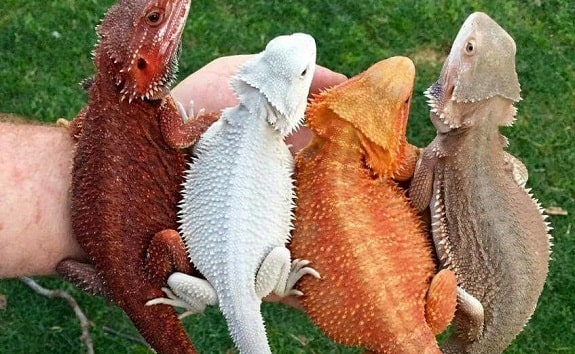
Some morphs combine both categories, creating unique and visually stunning dragons. Understanding these distinctions is crucial for breeders and owners, as morphs can impact not only aesthetics but also health and care requirements.
Morphs are determined by genetics, with traits being recessive (requiring both parents to carry the gene to express the trait), dominant (expressed even if inherited from one parent), or co-dominant (a blend of traits when both genes are present).
The term “het” (short for heterozygous) is commonly used to describe a dragon that carries a recessive trait but does not display it visually. For example, a “Classic Het Hypo” dragon carries the hypomelanistic gene but appears as a standard morph unless bred with another hypo or het hypo dragon.
Common Bearded Dragon Morphs
1. Classic/Standard Morph
The classic or standard morph is the most common and closely resembles wild bearded dragons found in Australia. These dragons typically have tan, brown, or yellowish scales with black or orange markings, a triangular head, and spiky beards.
Their backs are covered in rigid, rubbery scales arranged in horizontal patterns, and they have large spikes along their sides. Classic morphs are often the least expensive due to their prevalence and are an excellent choice for beginners due to their hardy nature.
2. Hypomelanistic (Hypo) Morph
Hypomelanistic morphs, often called “hypo,” have reduced melanin production, resulting in lighter, pastel-like colors such as muted yellows, whites, or light pinks. A key identifying feature is their clear nails, lacking the dark stripe seen in other morphs. Hypo dragons cannot produce dark patterns, making their colors appear more vibrant. This recessive trait is relatively common and appeals to those seeking a softer, brighter appearance.
3. Leatherback Morph
Leatherback bearded dragons are prized for their smooth backs, which lack the typical ridge of spines found on classic morphs. Spikes are present only on their heads and sides, enhancing the vividness of their colors, which can range from yellows to reds and blues.
The leatherback trait is dominant, meaning only one parent needs to carry the gene for it to be expressed. These dragons are popular among breeders for their striking appearance but are considered more fragile due to reduced scale protection.
4. Translucent (Trans) Morph
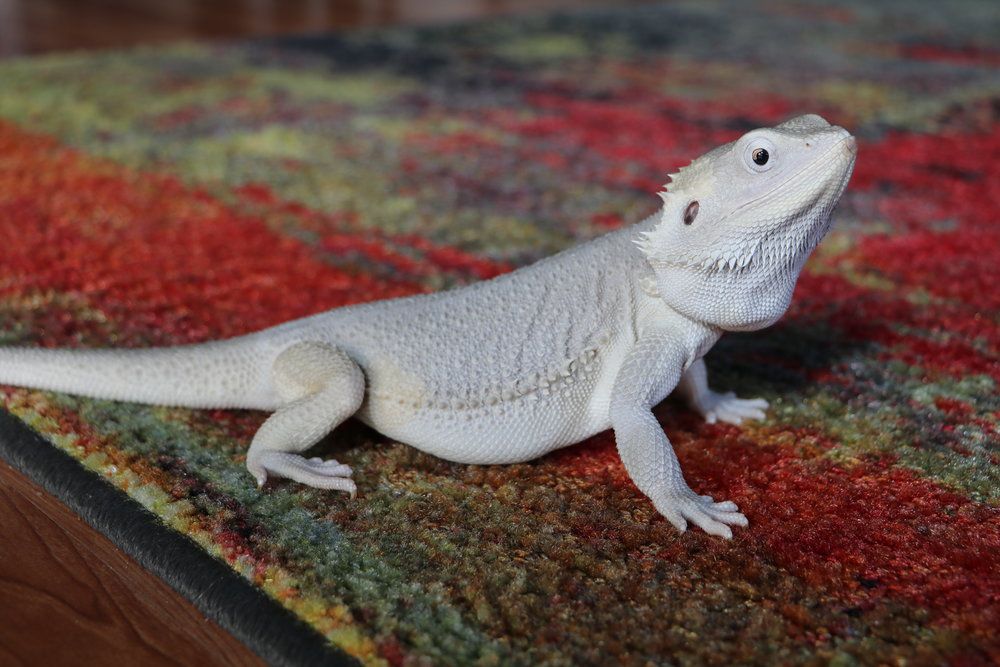
Translucent morphs, or “trans,” are characterized by partially see-through scales and solid black eyes, giving them an almost opaque appearance, especially in their first year. Hatchlings often have blue underbellies due to internal pigmentation showing through their translucent skin.
This recessive trait creates a unique, otherworldly look that appeals to collectors. Trans dragons may also exhibit vibrant colors like yellow or orange when combined with other traits.
5. Dunner Morph
Named after the breeder who developed them, Dunner morphs are distinguished by their unorganized scale patterns, which lack the symmetrical stripes of classic morphs. Their scales point in various directions, and they often have more scales than other morphs, with spots or irregular markings. Dunner dragons can also be leatherbacks, combining smooth backs with their unique scale arrangement. This morph is less common and highly sought after for its distinctive look.
6. Silkback Morph
Silkback morphs, also known as “silkies” or “scaleless,” result from breeding two leatherback dragons, producing a dragon with no scales or spikes. Their smooth, delicate skin makes them visually striking but highly sensitive to heat, UVB exposure, and physical injuries.
Silkbacks require specialized care, including lower-intensity lighting and regular moisturizing to manage frequent shedding issues. Due to these challenges, they are considered controversial and are not recommended for novice owners.
7. Zero Morph
Zero morphs are extremely rare and completely lack patterns and colors, appearing solid white or silver-gray. Unlike albino dragons, which are not viable in bearded dragons due to health issues, zeros are a form of leucism, a condition reducing melanin without affecting eye color.
Hypo zeros are paper-white, while non-hypo zeros have a more metallic sheen. Their striking appearance makes them highly desirable, but they are expensive and difficult to find.
8. Wero Morph
The wero morph is a newer addition, resulting from breeding a zero with a witblits morph (another leucistic morph with a solid color but no patterns). Weros are patternless, white, and may have slight color splotches near the tail. Like zeros, they are rare and fetch high prices in the breeding market, appealing to collectors seeking unique dragons.
9. German Giant Morph
German giant morphs are significantly larger than other bearded dragons, growing up to 30 inches compared to the typical 16–24 inches. However, their status is controversial, with some believing they are a hybrid of Pogona vitticeps and Pogona barbata, while others argue they are simply larger Pogona vitticeps.
Their size requires larger enclosures, and their true lineage is difficult to verify due to poor documentation. Buyers should be cautious, as some dragons are marketed as German giants without genetic confirmation.
10. Paradox Morph
The paradox morph is unique because it does not have a clear genetic basis. These dragons exhibit random, asymmetrical patches of color or pattern that differ from their base morph, creating a striking, unpredictable appearance.
Paradox morphs are rare and highly valued, but their genetics are not fully understood, making them a fascinating but complex choice for breeders.
Colors and Patterns
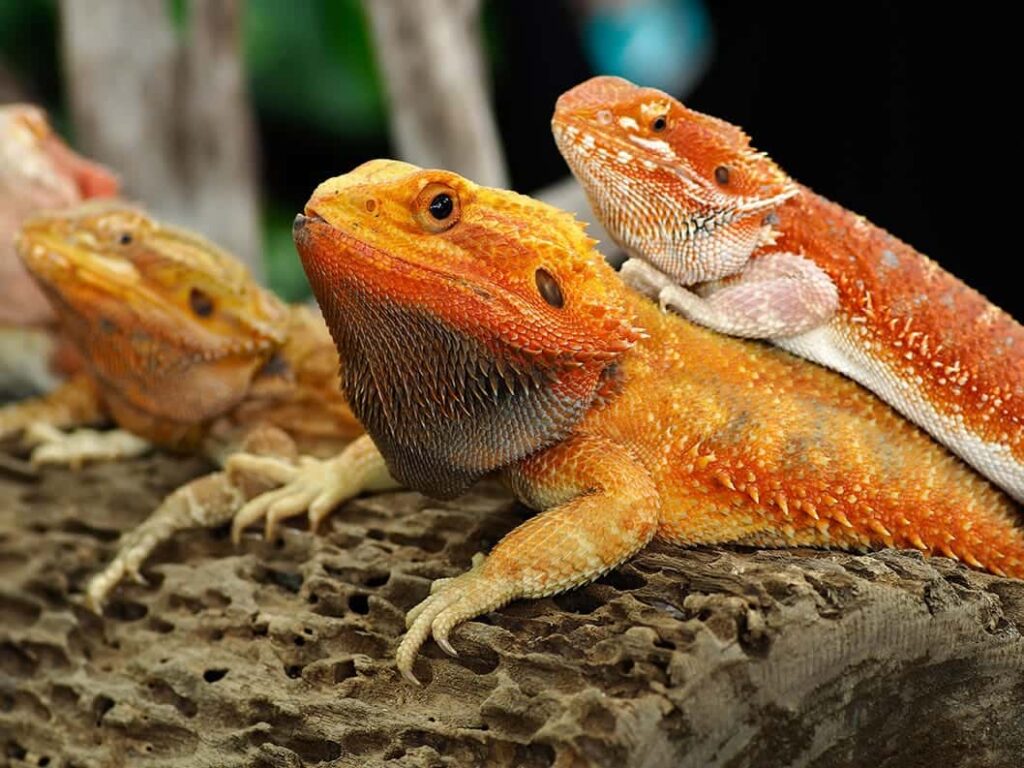
While morphs are defined by genetic traits, colors and patterns add another layer of diversity. Common base colors in captive-bred dragons include red, yellow (citrus), orange, and white, with selective breeding producing vibrant shades not found in the wild.
Patterns like tiger stripes (horizontal or vertical dark stripes), blue bars, or giraffe spots are often seen, but naming conventions vary widely among breeders, leading to terms like “fire tiger” or “radiant red” that are more marketing than science. Colors can change with age, lighting, or mood, so buyers should be wary of altered photos that exaggerate a dragon’s appearance.
Health and Care Considerations
Different morphs may have specific health needs. For example, silkbacks are prone to cuts, infections, and shedding issues due to their lack of scales, requiring careful husbandry. Selective breeding, especially for rare morphs like zeros or weros, can increase the risk of genetic defects, such as underdeveloped limbs or cognitive issues, due to inbreeding.
Owners should research a morph’s care requirements and ensure they purchase from reputable breeders who prioritize health over aesthetics. A balanced diet mimicking their wild omnivorous habits (insects and greens), proper UVB lighting, and a spacious enclosure are essential for all morphs.
Buying and Breeding Tips
When purchasing a bearded dragon, avoid relying solely on online photos, as lighting and editing can misrepresent colors. Work with trusted, ethical breeders who provide lineage information, especially for “het” dragons, as these traits cannot be visually confirmed.
For breeding, understanding genetics is key to predicting offspring traits and avoiding health issues. For example, breeding two hypo dragons may produce hypo offspring, while a het hypo paired with a standard morph will likely produce standard dragons.
Conclusion
Bearded dragon morphs offer a captivating array of colors, patterns, and physical traits, making them a favorite among reptile enthusiasts. From the classic morph’s wild-type charm to the rare, patternless zero and wero morphs, each brings unique beauty and considerations. By understanding the genetic basis, visual characteristics, and care needs of these morphs, owners can make informed decisions and provide the best care for their dragons. Whether you’re a first-time owner or an experienced breeder, exploring bearded dragon morphs opens a window into the diversity and wonder of these remarkable reptiles.
FAQs
What is the rarest beardie morph?
The zero morph is the rarest, with pure white or silver-gray skin, no patterns, and a super unique look.
What is the best morph of a bearded dragon?
The best morph depends on you! Leatherbacks are popular for smooth scales and bright colors, great for new owners.
What is the rarest color of a bearded dragon?
Pure white from zero or wero morphs is the rarest color, looking stunning but super hard to find.
How much does it cost to get a bearded dragon?
Bearded dragons cost $50–$500, depending on morph. Add $200–$400 for a tank, lights, and food to start.
Is it better to have 1 or 2 bearded dragons?
One is better; beardies are solitary. Two can fight or stress, needing separate tanks, which means more work.
What is the most expensive bearded dragon?
Zero or wero morphs are priciest, often $1,000+, due to their rare, patternless white look and high breeder demand.
